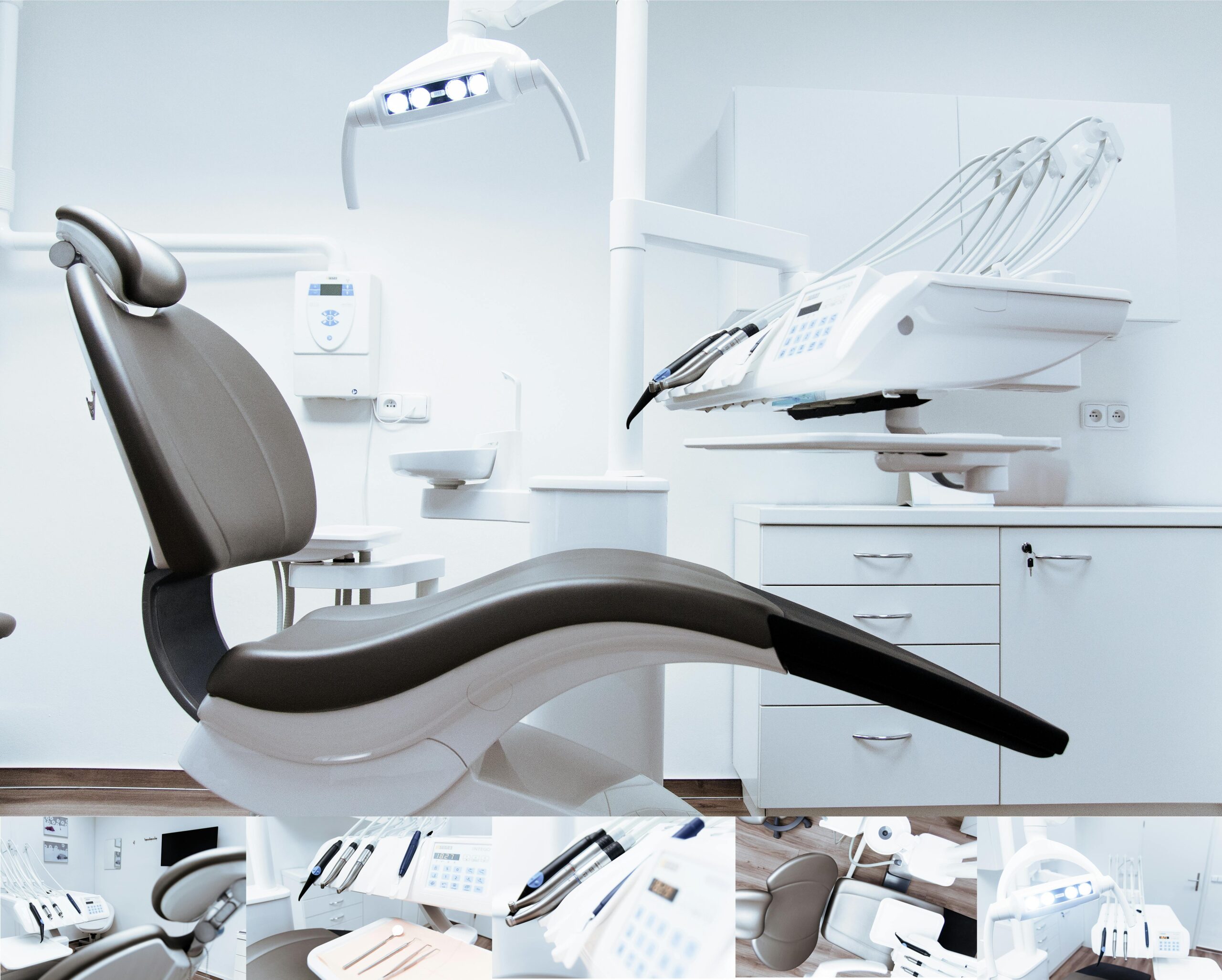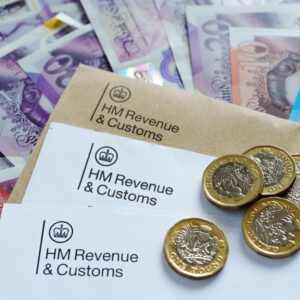Dental practices can claim substantial capital allowances but this opportunity is often missed or only partial allowances are claimed. We can work with you and your tax advisers to increase the available allowances.
Purchase of a Freehold
Capital allowances can offer significant tax relief for dental practices purchasing a freehold property. These allowances enable the practice to deduct a portion of the cost of certain assets from their taxable profits, reducing tax. For a dentist purchasing a freehold property, there are several capital allowances that you can benefit from. The first being Plant and machinery allowances.
When a dental practice purchases a freehold property, part of the purchase price may relate to plant and machinery within the building. This may include:
- Heating systems
- Air conditioning Systems
- Electrical Systems
- Plumbing Systems
Example
If a dental practice purchases a freehold property for £1m. Upon detailed capital allowance review, it could be that £200K of the purchase price is attributable to plant and machinery. This means that in year 1 the dental practice might claim capital allowances of £200K, leading to a reduction in taxable profits. This could have substantial impact. A capital allowance specialist would be instrumental in ensuring you maximise these plant and machinery allowances. Accountants and tax advisors can easily identify and claim simple Plant and Machinery items that are nicely labelled such as dental chairs and equipment. However, often builds elements are ignored and treated as ineligible for capital allowances. It is only after a site survey from a specialist you would accurately assess all qualifying plant and machinery.
Annual Investment Allowance (AIA)
Dental practices purchasing a freehold property would also benefit from Annual Investment Allowances (AIA) as this allowance allows businesses to deduct the full value of qualifying plant and machinery up to a certain limit from their taxable profits in the year of purchase. As of 2019, the AIA limit is £1m per year. Following on from the previous example, if the practice claims AIA on the £200K of plant and machinery. The entire £200K can be deducted from the practice’s taxable profits in the first year.
Structural Buildings Allowance (SBA)
Structural and Buildings Allowance (SBA) also offer significant deductions in taxable profits. SBA provides tax relief for the cost of constructing or renovating buildings. It allows a deduction of 3% per year over a 33 year period on the original construction or renovation costs. For example, if the dental practice spent £0.3m on building works, excluding the plant and machinery component. The practice can claim 3% of £300K each year, which is £9k per year, as a deduction from taxable profits.
Moveable Assets
For moveable assets in a dental practice such as dental chairs, X-ray machines and computers, you may benefit from capital allowances as you can claim AIA on these assets. This that the entire cost of these purchases can be deducted from the practices taxable income. For expenditures that exceed the AIA limit (£1m) or for assets that do not qualify for full AIA, the Writing Down Allowance (WDA) provides ongoing tax relief. Movable assets such as office furniture, computers, and specialised dental tools can be claimed under full expensing, allowing the practice to write off the cost of these assets in year 1.
Example
If a dental practice purchases £150,000 worth of furniture and the AIA limit has already been reached, it can claim all as a tax deduction in the first year, provided that they are buying new and unused equipment/furniture and are a limited company. If a partnership full expensing will not apply.
Premium of a Short Lease
Capital allowances can provide substantial tax relief, when a dental practice pays a premium for a short lease (typically a lease of up to 50 years). These allowances enable the practice to deduct a portion of the premium attributable to certain qualifying assets from their taxable profits.
When paying a premium for a short lease, part of the premium can be attributed to plant and machinery included in the leased property. This could include assets such as dental chairs, HVAC systems, electrical installations, and any other equipment essential for the day to day running of a dental practice.
Example
Let’s say a dental practice pays a £500,000 premium for a 20-year lease and a capital allowance review determines that £100,000 of the premium is attributable to qualifying plant and machinery. The practice would then be able to claim capital allowances on the £100,000 worth of plant and machinery. Assuming a corporate tax rate of 25%, the dental practice can save taxes of £25,000 in the first year.
For the lease premium, in most cases there would need to be a tax election agreed with previous owner to transfer allowances.
Fit Out/Refurbishment
As a dental practice undergoing a fit out or refurbishment, capital allowances can reduce the overall tax burden and improve cash flow.
Example
Let’s consider a dental practice that invests £500,000 in a comprehensive refurbishment:
- £200,000 on new dental equipment (e.g., chairs, X-ray machines).
- £100,000 on office and waiting area furniture.
- £150,000 on upgrading electrical, lighting, and air conditioning systems.
- £50,000 on structural improvements such as new partitions and flooring.
By claiming capital allowances:
- The practice can claim 100% relief on the £200,000 spent on dental equipment through the AIA.
- The £100,000 spent on furniture would be eligible as full expensing (if a company).
- The £150,000 on integral features could all be allocated to AIA.
- The £50,000 spent on structural improvements would attract SBA relief at 3% annually.
Lovell Consulting’s View
Most dental practices assume their accountants have claimed all available allowances. However, in many cases where the property is purchased and building works are carried out, allowances are only fully claimed by capital allowance specialists.




